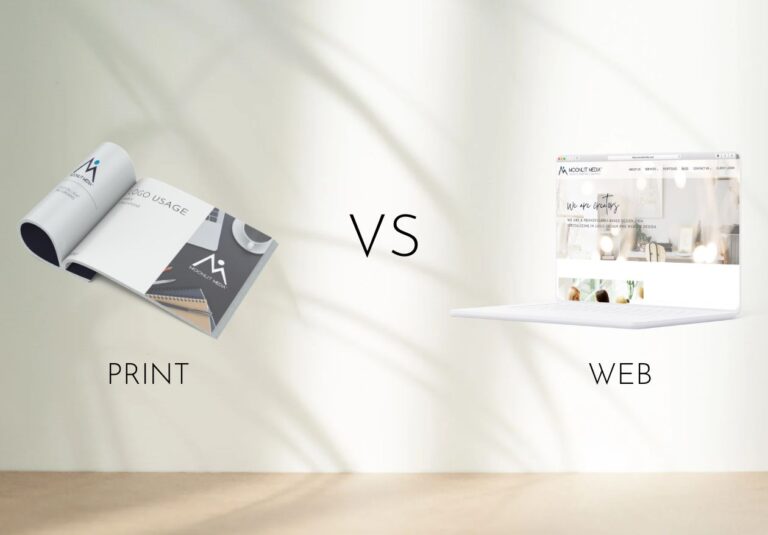Web design may seem fairly simple when you first begin working on a website, but you will quickly see that things are much more complex on the coding side.
When it comes to building a website, there are several key components that are essential to creating a functional and effective site.
These components can be broken down into several categories, including design elements, content, functionality, and security. In this blog post, we will explore each of these categories and discuss the important elements of a website.
Design Elements
Design elements are the visual components of a website, and they are critical to creating a positive user experience. They include:
- Layout: The layout of a website refers to the way that its content is arranged on each page. A good layout should be clear and easy to navigate, with a logical flow that leads the user from one piece of content to the next.
- Color Scheme: The color scheme of a website should be carefully chosen to create a cohesive and visually appealing look. Colors should be chosen based on the brand’s identity and the intended audience of the site. Learn more about choosing your website colors here.
- Typography: The fonts used on a website should be legible and easy to read while also reflecting the brand’s personality and tone.
- Images: High-quality images can make a website more engaging and visually appealing. Images should be relevant to the content and should be optimized for web use to ensure fast load times.
Web Design Content
Content is the information that is displayed on a website, and it is the reason that people visit a site in the first place. The key parts of content include:
- Copy: The written content on a website should be clear, concise, and free of errors. It should be optimized for search engines so that it can be easily found by users.
- Multimedia: In addition to text, websites may also include multimedia content such as videos, audio, and animations. This content can make a website more engaging and can help to convey information in a more dynamic way.
Web Design Functionality
Functionality refers to the features and capabilities of a website. It includes the following parts:
- Navigation – Navigation refers to the way that users move around a website. A good navigation system should be easy to use and should make it simple for users to find what they are looking for.
- Forms – Forms are used to collect information from users, such as contact details or feedback. Forms should be easy to use and should be designed in a way that encourages users to complete them.
- Search – A search function is essential for websites with a lot of content. It should be easy to use and should return accurate results.
Security
Security is perhaps the most important consideration for any website, particularly those that deal with sensitive information such as personal details or financial transactions. The key parts of website security include:
- SSL: SSL (Secure Sockets Layer) is a security protocol that encrypts data sent between a user’s browser and a website. It is essential for any website that collects personal information or processes financial transactions.
- Firewall: A firewall is a security system that monitors and controls incoming and outgoing network traffic. It helps to prevent unauthorized access to a website’s data.
- Backups: Backups are copies of a website’s data that can be used to restore the site in the event of data loss or corruption. They should be performed regularly and stored securely.
Disclaimers and Disclosures
These days, it has become imperative that you include the appropriate policies and disclaimers on your website. These policies protect you from potential lawsuits as well as providing your users with important information about your business.
The forms you need are heavily dependent on the type of business you run, the country you operate from, and industry best practices. However, these are the more important ones that impact nearly every website:
- Cookie Consent Notices
- Privacy Policies and Data Storage Disclosure
- Plagiarism and Copyright Laws
- HTTPS for Ecommerce
- Terms & Conditions
- Disclaimers
- GDPR
- CalOPPA
- Returns
- Shipping
- Affiliates
Building a website can be a complex process, but by focusing on the key components outlined above, you can create a site that is visually appealing, informative, functional, and secure. By optimizing your website’s design elements, content, functionality, and security, you can create a website that meets the needs of both your brand and your users.








